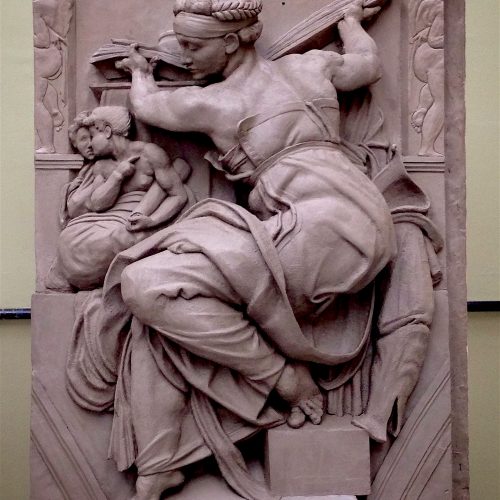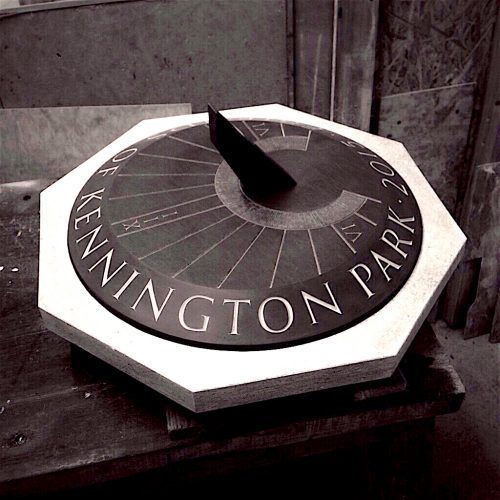
Being on the Architectural Stone Carving course gave me the opportunity to work with tutors who had long-standing knowledge and expertise in the industry. If you want to be a practicing stone carver it is the best place to train.
What really stayed with you from your time at the Art School?
One of the first things that struck me about the Art School was that it feels like a close-knit family and this sense of being part of a community continues with you when you leave. The tutors and office team are very supportive and helped me to find contacts as well as funding through bursaries which enabled me to complete my studies. One of the most useful aspects of my practice that I have taken from the course is the importance of drawing as both a way of working through ideas, and a method of deepening my understanding of a subject. The tutors have high expectations and with their guidance I learned to assess my own work which has been essential to my continued development.
What projects were you involved in while studying at the Art School?
While on the course there were many opportunities to win commissions and prizes. I was lucky enough to win two paid commissions. The first was to design and carve a grotesque for Saint Georges Chapel, Windsor Castle, the second a sundial for Kennington Gardens. During the summer break I worked as a studio assistant on a carving of the Queen for the front of Canterbury Cathedral. At the end of the course the students exhibit their work in a final show where prizes and commissions can be awarded. One of my projects, a copy of the giant Klytius from the Pergamon temple, won the Masons Company Carving Prize for that year.
What are you up to now?
After leaving the Art School I set up a workshop suitable for modelling and working stone. This is something that I don’t think I would have done without the knowledge and confidence I gained on the course and has enabled me to take on a number of private commissions.
Alongside this I have been teaching carving in the stonemasonry department of Bath College. Working with the various students through the numerous complex carving problems they face has broadened my experience quickly and given me some insight into how incredibly dedicated the staff at City & Guilds of London art School are to the art School and their students. It takes an extraordinary amount of time and effort to create the quality of carver that the Art School produces and it has been a joy to see one of my students go on to be accepted onto the course in London and know that they are in the place they need to be to really accelerate their progress.
IMAGES
1.Libyan Sibyl, transcribed in clay from Michelangelo’s Sistene Chapel Ceiling fresco.
2.Klytius, copy-carved in limestone from a plaster cast of the original in the Pergamon Museum, Berlin.
3.Sundial, slate and limestone, for the Friends of Kennington Park.
Sam Flintham received bursary support from the Sheepdrove Trust and Grocers Company and was awarded a QEST scholarship.





